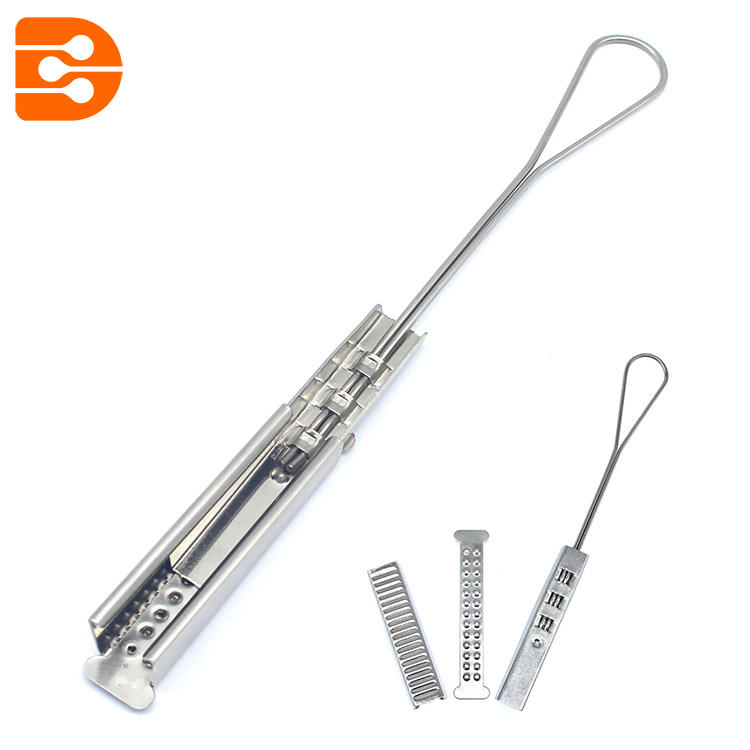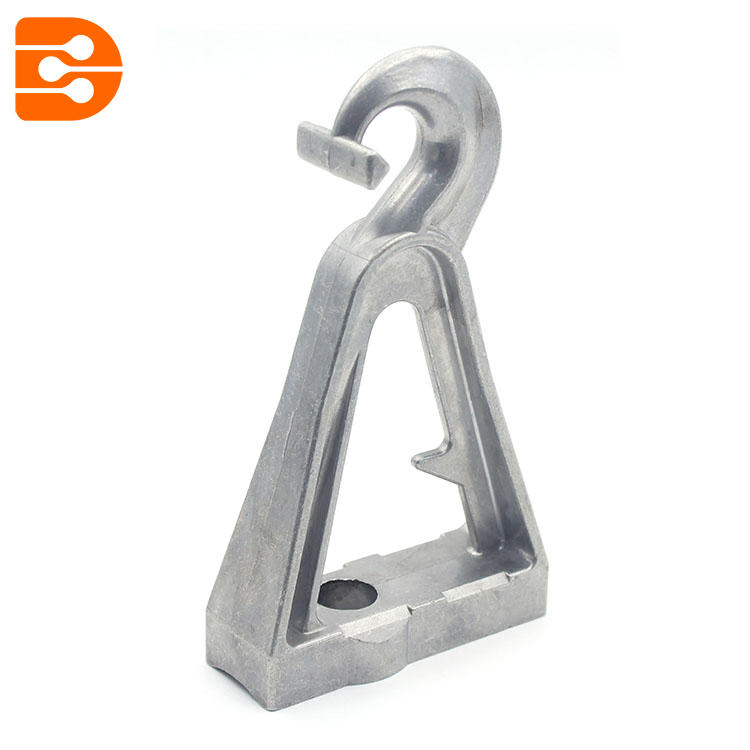The particulars are hard to pin down, but everyone seems to agree that Scotch tape, the now-famous brand, originated as a slur. Back in the ’20s, Scotch was a synonym for “cheap.” Richard Drew, a 23-year-old research assistant at Minnesota Mining and Manufacturing, was trying to create a sticky-but-not-too-sticky adhesive tape for auto painters to use on two-tone paint jobs. When he erred on the not-too-sticky side, one of the car-painters asked, “Why so Scotch with the adhesive?” and a brand name was born.
An engineering-school dropout who supported himself by playing the banjo for Twin Cities dance bands, Drew’s first job at 3M was delivering sandpaper samples to auto shops. There he heard so much cursing about paint jobs ruined by overly sticky tape that he set about trying to make a better one. In 1925, after two years of experimentation, he hit upon the winning formula — a blend of cabinetmaker’s glue and glycerin. Scotch brand masking tape was born. Others

With the tape’s success, Drew became technical director of 3M’s product-fabrication laboratory. It was there, in 1929, that he had idea of using Dupont’s newly invented cellophane as backing for a transparent tape. Bakers and grocers were using cellophane as a moisture-proof packing material for their goods, but they needed an attractive way to seal it.
The project was a nightmare. Cellophane curled, split and tore when machines applied the adhesive. The amber glue that looked fine on crepe-backed masking tape was hideous on transparent cellophane. In the end, Drew’s team had to design not only new machines to handle the cellophane but also a new colorless adhesive made from oil, resins and rubber.

Stainless Steel Strap Tie By now the Depression was underway, and for a nation in need of cheap and easy repairs, Scotch cellulose tape was the all-purpose answer. Housewives, bankers, farmers and factory workers used it to mend and make do, inventing uses faster than they could tear off transparent strips with the handy snail-shaped dispenser. By the early 1940s, Scotch tape was being cited in the pages of The New York Times as a method for splinting pigeon wings, preparing windows for air raids, resealing envelopes opened by government censors, cropping photo negatives, applying Thanksgiving decorations, getting criminal fingerprints, repairing checks that had been torn up in a rage, affixing lucky pennies to fighter planes and wrapping Christmas gifts. As Mark Miodownik, a materials scientist and author of “Stuff Matters,” says: “As soon as you have a clear film that’s flexible and transparent, all kinds of things become possible.”